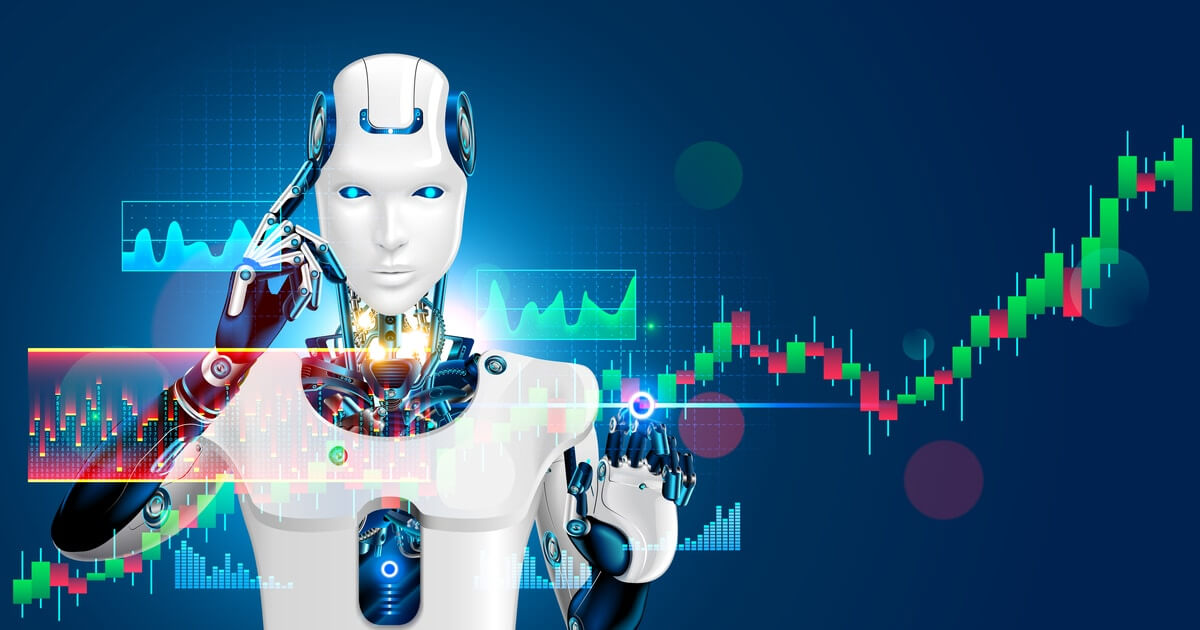AI-Generated Naruto Fan Art by PicLumen AI: Business Impacts and Trends in Anime Content Creation

According to PicLumen AI on Twitter, the platform has released a new AI-generated Naruto fan art using its Primo model, showcased on piclumen.com (Source: PicLumen AI Twitter, July 28, 2025). This development highlights the growing trend of leveraging AI to create high-quality anime wallpapers and fan art, offering scalable solutions for digital artists and content platforms. AI-generated visual content is transforming the anime industry by reducing production costs, accelerating creative workflows, and opening new monetization avenues for both startups and established businesses. The increasing adoption of AI art models like Primo signals strong business potential for AI-powered creative tools in global and local markets, particularly in the booming anime sector.
SourceAnalysis
From a business perspective, AI-generated fan art opens up lucrative market opportunities, particularly in monetization strategies tailored to the anime and gaming industries. For businesses, tools like PicLumen's Primo model enable the creation of customizable merchandise, such as digital wallpapers or NFTs, which can be sold directly to fans. A 2024 study by McKinsey & Company highlighted that AI-driven personalization could add USD 150 billion to USD 300 billion in value to the global creative economy by 2025, with fan art representing a niche yet high-growth segment. In the competitive landscape, key players including OpenAI with DALL-E 3, launched in September 2023, and Stability AI's Stable Diffusion, updated in 2024, are vying for dominance by offering user-friendly interfaces for generating anime-style images. PicLumen differentiates itself by focusing on specific models like Primo, optimized for anime aesthetics, which could capture a share of the USD 2.5 billion digital art market projected for 2025 by a PwC report from 2023. Monetization strategies include subscription models for premium AI access, partnerships with anime studios for licensed content, and integration with e-commerce platforms for print-on-demand services. Direct impacts on businesses include cost reductions in content production; for example, animation studios can use AI to prototype scenes, potentially saving up to 30 percent on pre-production costs, as estimated in a 2023 Deloitte report on AI in entertainment. However, implementation challenges arise from regulatory considerations, such as the EU AI Act effective from August 2024, which mandates transparency in AI-generated content to prevent misinformation or IP infringement. Ethical implications involve ensuring fair use of training data, with best practices recommending watermarking AI outputs to distinguish them from human art. Companies must navigate these to avoid lawsuits, like those faced by Getty Images against Stability AI in 2023 over unauthorized image use.
On the technical side, models like PicLumen's Primo likely employ advanced diffusion techniques, building on innovations from research papers such as the 2021 Denoising Diffusion Probabilistic Models by researchers at the University of California, Berkeley. These models generate images by iteratively refining noise into coherent visuals, allowing for precise control over styles like Naruto's vibrant, action-oriented anime art. Implementation considerations include hardware requirements, with high-end GPUs needed for real-time generation, though cloud-based services mitigate this by offering scalable computing, as seen in AWS's AI infrastructure updates in 2024. Challenges involve bias in training data, which could perpetuate stereotypes in anime representations, solvable through diverse datasets and fine-tuning, as recommended in a 2023 MIT study on ethical AI. Future outlook predicts exponential growth, with AI art tools evolving towards multimodal capabilities by 2026, integrating text, image, and video, according to a Gartner forecast from 2024 projecting 80 percent adoption in creative workflows. In terms of predictions, by 2030, AI could dominate 40 percent of digital fan content creation, per a Forrester report from 2023, creating opportunities for hybrid human-AI collaborations. Competitive edges will go to players investing in user privacy and customization, while regulatory compliance will shape global adoption, emphasizing the need for businesses to adopt transparent practices to harness these trends effectively.
FAQ: What is AI-generated Naruto fan art? AI-generated Naruto fan art refers to images created using artificial intelligence models that mimic the style of the popular anime series, such as those produced by PicLumen's Primo model on July 28, 2025. How can businesses monetize AI fan art? Businesses can monetize through subscriptions, NFT sales, and licensed merchandise, tapping into the growing digital art market projected at USD 2.5 billion by 2025 according to PwC. What are the ethical concerns with AI in anime art? Ethical concerns include intellectual property rights and data bias, with best practices involving watermarking and diverse training data as per 2023 MIT guidelines.
PicLumen AI
@PicLumenAI image generation made intuitive. Text-to-image, image-to-image & image description tools. No watermarks. Featuring FLUX.1 & fan-favorite PicLumen Art V1.
.jpg)
